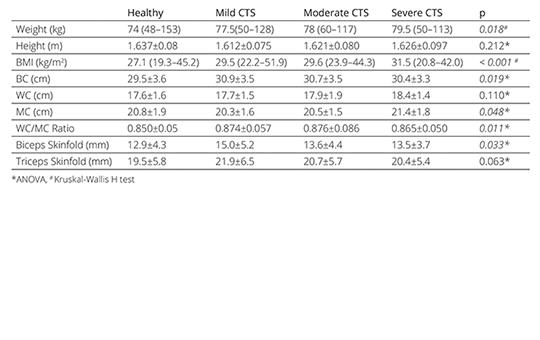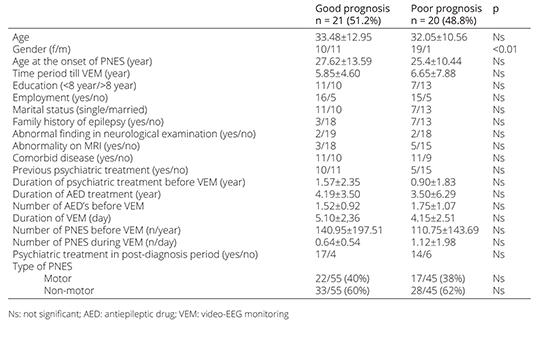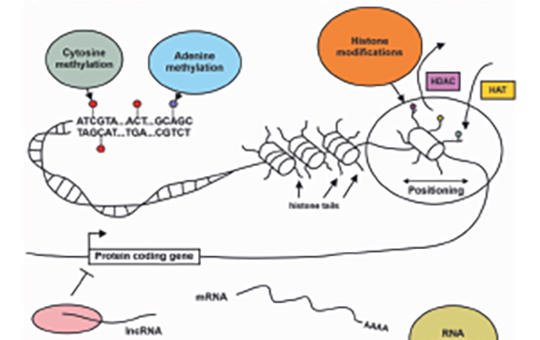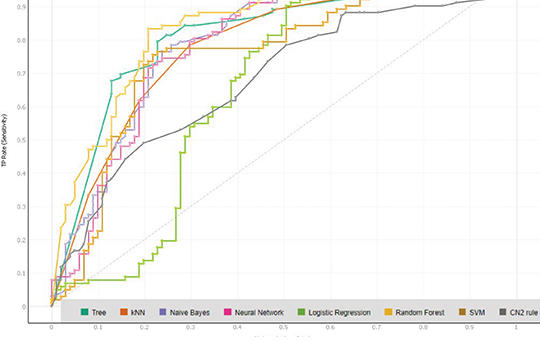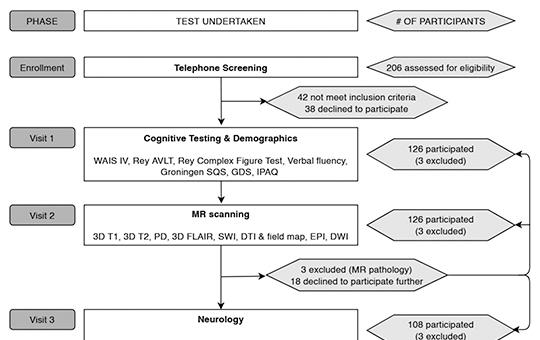The eLitMed.hu medical portal uses computer cookies for convenient operation. Detailed information can be found in the Cookie-policy.
Specialities
Pharmacy
[Association of upper extremity anthropometry and subcutaneus adipose tissue with carpal tunnel syndrome]
[Body mass index (BMI) is positively correlated with the frequency of carpal tunnel syndrome (CTS). However, there are different types of obesity, and the localization of adipose tissue differs between the genders. In this study, we purposed to investigate whether there was an association between the amount of local adipose tissue thickness and anthropometry in upper extremity with the presence and/or electrophysiological severity of CTS on both genders. ]
Comparison of pre-mortem 2D-3D ultrasound examination to post-mortem micro-CT of carotid arteries – first experiences
A prerequisite for the treatment of carotid atherosclerosis is the accurate measurement of the stenosis, that is most commonly evaluated by duplex ultrasonography. In this study, we aimed to verify the reliability of 2D and 3D ultrasonography, comparing the data to results of post-mortem micro-CT examination. Neurological patients with any life-threatening, presumably fatal neurological disease were enrolled.
Factors affecting long-term prognosis in adult patients with psychogenic non-epileptic seizures
Among epileptic patients who are monitored using the video-electroencephalography monitoring (VEM) technique, in some patients a psychogenic non-epileptic seizure (PNES) can be identified as a definitive diagnosis. The longterm prognosis of these patients is not well known. In this study, we aimed to determine the factors that affect the prognosis of PNES. Forty-one PNES patients diagnosed using VEM between 2012 and 2022
Glioblastoma epigenomics discloses a complex biology and potential therapeutic targets
Glioblastoma (GBM), a highly aggressive form of brain tumors, has been extensively studied using OMICS methods, and the most characteristic molecular determinants have been incorporated into the histopathological diagnosis. Research data, nevertheless, only partially have been adopted in clinical practice. Here we aimed to present results of our epigeno mic GBM profiling to better understand early and late determinants of these tumors, and to share main elements of our findings with practicing professionals.
MRI radiomics based machine learning model of the periaqueductal gray matter in migraine patients
The aim of the study was to investigate the question: Can MRI radiomics analysis of the periaqueductal gray region elucidate the pathophysiological mechanisms underlying various migraine subtypes, and can a machine learning model using these radiomics features accurately differentiate between migraine patients and healthy individuals, as well as between migraine subtypes, including atypical cases with overlapping symptoms?
Study protocol of the Hungarian Longitudinal Study of Healthy Brain Aging (HuBA)
Neurocognitive aging and the associated brain diseases impose a major social and economic burden. Therefore, substantial efforts have been put into revealing the lifestyle, the neurobiological and the genetic underpinnings of healthy neurocognitive aging. However, these studies take place almost exclusively in a limited number of highlydeveloped countries. Thus, it is an important open
1.
Clinical Neuroscience
[Headache registry in Szeged: Experiences regarding to migraine patients]2.
Clinical Neuroscience
[The new target population of stroke awareness campaign: Kindergarten students ]3.
Clinical Neuroscience
Is there any difference in mortality rates of atrial fibrillation detected before or after ischemic stroke?4.
Clinical Neuroscience
Factors influencing the level of stigma in Parkinson’s disease in western Turkey5.
Clinical Neuroscience
[The effects of demographic and clinical factors on the severity of poststroke aphasia]1.
2.
Clinical Oncology
[Pancreatic cancer: ESMO Clinical Practice Guideline for diagnosis, treatment and follow-up]3.
Clinical Oncology
[Pharmacovigilance landscape – Lessons from the past and opportunities for future]4.
5.
